Introduction
Python is the magic key to building adaptable machines! Known for its beginner-friendliness, you can dive into ai without complex code. Python’s superpower? A massive community with libraries for machine learning, sleek app development, data analysis, cybersecurity, and more. This flexible language has you covered for all things ai and beyond.
This article is your ultimate guide to the essential Python libraries you’ll need to conquer the wild world of ai, machine learning, and data science. Beginner or coding ninja, we’ve got you covered. We’ll show you when to use which one. So, whether you’re just starting with ai or you’re a seasoned pro looking to expand your skillset, buckle up! We’re about to embark on an adventure packed with valuable tricks and knowledge. Trust me, there’s something awesome here for everyone.
<h2 class="wp-block-heading" id="h-important-ai-and-ml-libraries”>Important ai and ML Libraries
Let’s now explore famous Python libraries extensively used in ai and ML across multiple fields like Machine Learning, Deep Learning, artificial intelligence, Data Processing, Computer Vision, Natural Language Processing, Data Visualization, Web Development, and Web Scraping. These libraries are crucial, offering free access to powerful tools for developers and researchers, facilitating innovation and problem-solving.
Data Processing
1. Pandas
Pandas are the cornerstone of Data Science in Python, providing flexible data structures for data manipulation and analysis.
- Key Features: Offers DataFrame objects for data manipulation with integrated indexing.
- Pros: Extensive tool for data manipulation and analysis and easy to learn and use.
- Cons: Can be memory-intensive with large datasets.
2. NumPy
NumPy library is a fundamental package for numerical computations in Python.
- Key Features: Supports multi-dimensional arrays and matrices with a large collection of mathematical functions.
- Pros: High performance for numerical computations.
- Cons: Not designed for functionalities like data cleaning or data visualization.
3. Polars
A blazing-fast DataFrames library optimized for performance and ease of use.
- Key Features: Utilizes lazy evaluation to optimize data processing workflows.
- Pros: Exceptionally fast with large datasets and offers advantages in memory usage.
- Cons: Less mature ecosystem compared to Pandas.
Click here to access this python library .
Web Scraping
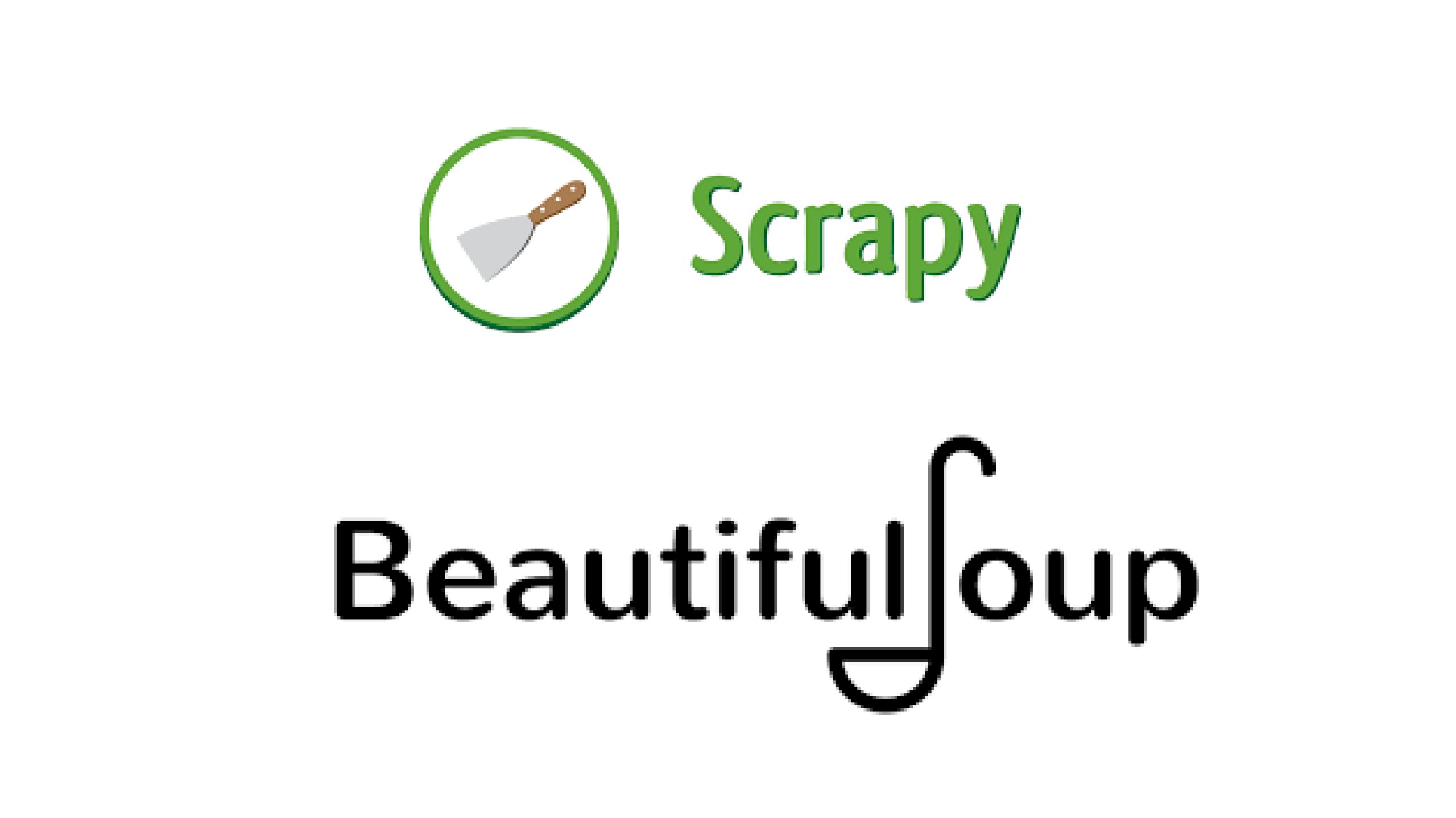
4. Scrapy
An open-source and collaborative framework for extracting data from websites.
- Key Features: Built-in support for selecting and extracting data from HTML/XML.
- Pros: Highly extensible and scalable.
- Cons: Steeper learning curve for beginners.
Click here to access this python library.
5. BeautifulSoup
A Python library for pulling data out of HTML and XML files.
- Key Features: Easy-to-use methods for navigating, searching, and modifying the parse tree.
- Pros: Simplifies web scraping by parsing HTML/XML documents and it can also handle complex websites and crawling tasks efficiently.
- Cons: Limited built-in functionality for handling complex website structures or dynamic content.
Click here to access BeautifulSoup.
<h2 class="wp-block-heading" id="h-general-ai-artificial-intelligence”>General ai / artificial intelligence
6. OpenAI (GPT-3)
OpenAI provides access to one of the most powerful ai models for natural language processing.
- Key Features: Capable of understanding and generating human-like text.
- Pros: Extremely versatile in generating text-based content.
- Cons: High cost for extensive use and limited public access.
7. Hugging Face (Transformers)
A library offering thousands of pre-trained models for Natural Language Processing.
- Key Features: Supports many NLP tasks like text classification, information extraction, and more.
- Pros: Wide support for NLP tasks with easy integration.
- Cons: Requires understanding of NLP principles for effective use.
Click here to access Hugging Face.
8. Magenta
A research project exploring the role of machine learning in the process of creating art and music.
- Key Features: Provides models and tools for music and art generation.
- Pros: Encourages creative applications of machine learning.
- Cons: It is more of a niche application within ai.
Click here to access this Python library.
9. Caffe2
A lightweight, modular, and scalable deep learning framework.
- Key Features: Offers a flexible and high-performance environment for developing and deploying machine learning models.
- Pros: Efficient processing on mobile devices with a cross-platform nature.
- Cons: Less widely adopted compared to TensorFlow and PyTorch.
ai/docs” target=”_blank” rel=”noreferrer noopener nofollow”>Click here to access Caffe2.
10. Diffusers
A library focused on diffusion models, offering a simple interface for text-to-image and image-generation tasks.
- Key Features: Specializes in state-of-the-art diffusion models for generating high-quality images.
- Pros: Facilitates easy use of advanced diffusion models.
- Cons: Relatively new, with evolving best practices.
Click here to access this python libraries.
11. LangChain
This builds modular and reusable pipelines for natural language processing tasks.
- Key Features: Offers modular components for common NLP tasks like tokenization and sentiment analysis.
- Pros: Improves code maintainability and reusability in NLP projects.
- Cons: Requires understanding of NLP concepts for effective use.
Click here to access this python libraries.
12. LlamaIndex
A high-performance vector similarity search library for applications like image retrieval and recommender systems.
- Key Features: Enables efficient retrieval of similar items based on vector representations.
- Pros: Well-suited for large-scale applications requiring fast similarity search.
- Cons: Primarily focused on vector search; less ideal for complex NLP tasks.
ai/en/stable/” target=”_blank” rel=”noreferrer noopener nofollow”>Click here to access LlamaIndex.
13. HayStack
An open-source framework for building end-to-end question-answering systems.
- Key Features: Provides modular components for building custom question-answering pipelines.
- Pros: Lowers the barrier to entry for creating effective question-answering systems.
- Cons: Requires some understanding of NLP and information retrieval concepts.
ai/docs/intro” target=”_blank” rel=”noreferrer noopener nofollow”>Click here to access this python library.
14. PineCone
A cloud-based vector database service designed for fast retrieval of similar vectors.
- Key Features: Offers scalable and high-performance vector search with easy integration.
- Pros: Convenient solution for applications requiring efficient vector search without managing infrastructure.
- Cons: Cloud-based service with associated costs; less control over the underlying infrastructure.
Click here to access PineCone.
15. Cohere
A large language model startup offering access to powerful ai models through an API.
- Key Features: Provides access to state-of-the-art large language models for various NLP tasks like text generation and summarization.
- Pros: Enables using advanced NLP functionalities without managing your models.
- Cons: Cloud-based service with costs; limited control over the underlying model.
Click here to access this python library.
Machine Learning
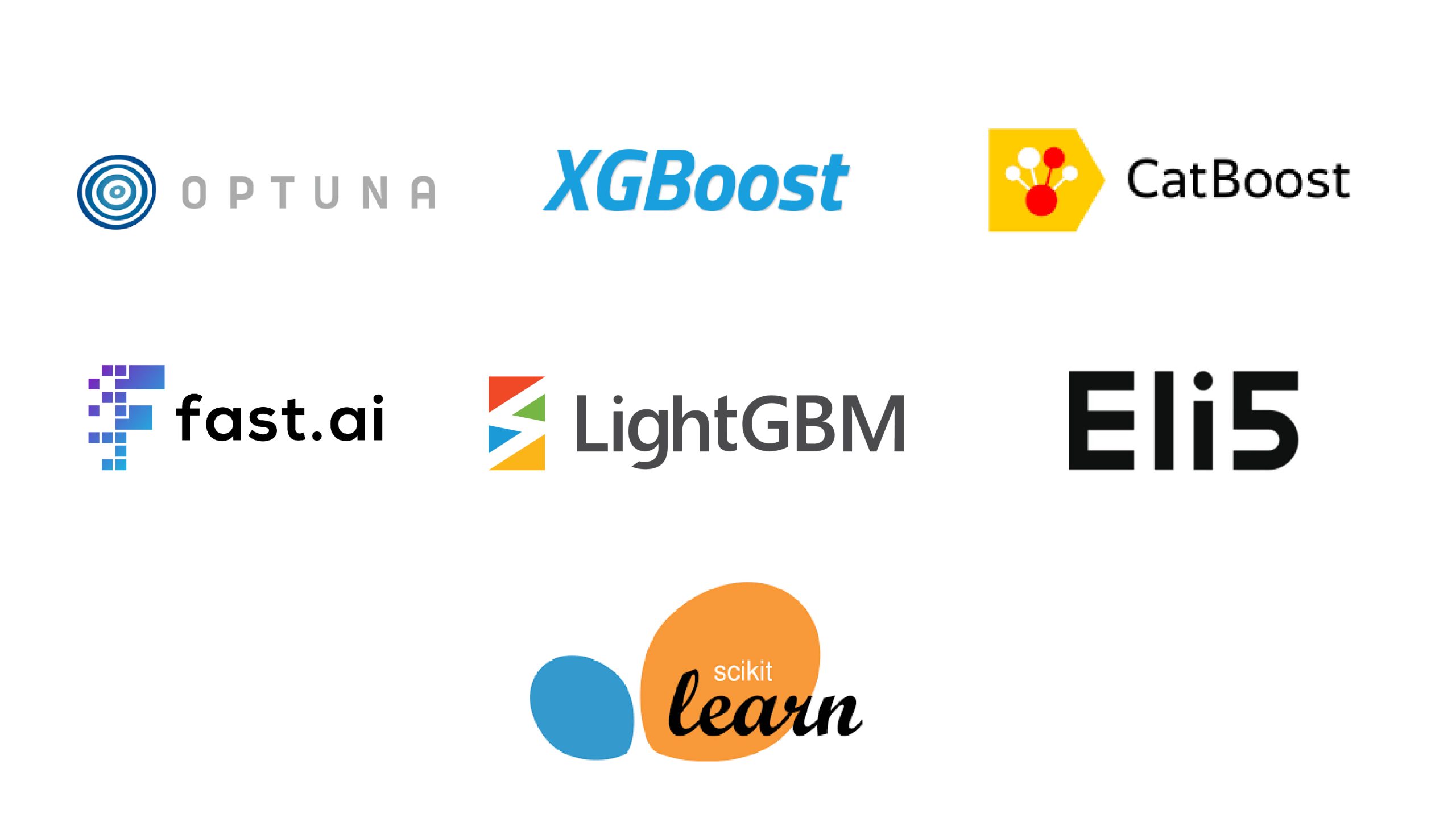
16. Scikit-learn
A premier library for machine learning, providing simple and efficient tools for data mining and data analysis.
- Key Features: Offers a wide range of supervised and unsupervised learning algorithms.
- Pros: Great community support and comprehensive documentation.
- Cons: Not optimized for deep learning or very large datasets.
Click here to access Scikit-learn.
17. LightGBM
A high-performance, gradient-boosting framework that uses tree-based learning algorithms.
- Key Features: Designed for distributed and efficient training, especially for high-dimensional data.
- Pros: Faster training speed and higher efficiency.
- Cons: Can overfit on small datasets.
Click here to access LightGBM.
18. XGBoost
An optimized distributed gradient boosting library designed to be highly efficient, flexible, and portable.
- Key Features: Implements machine learning algorithms under the Gradient Boosting framework.
- Pros: Provides a scalable and accurate solution for many real-world problems.
- Cons: Can be complex to tune due to many hyperparameters.
Click here to access this python library.
19. CatBoost
An open-source gradient boosting library with categorical data support.
- Key Features: Provides state-of-the-art results for machine learning tasks.
- Pros: Handles categorical variables very well.
- Cons: Less known and used compared to XGBoost and LightGBM.
ai/en/docs/” target=”_blank” rel=”noreferrer noopener nofollow”>Click here to access CatBoost.
20. FastAI
A deep learning library that simplifies training neural nets using modern best practices.
- Key Features: Built on top of PyTorch, it offers high-level components for quickly building and training models.
- Pros: Extremely high-level, making deep learning more accessible.
- Cons: Abstraction level can limit understanding of underlying mechanisms.
ai/” target=”_blank” rel=”noreferrer noopener nofollow”>Click here to access this python library.
21. Optuna
An automatic hyperparameter optimization software framework, particularly designed for machine learning.
- Key Features: Offers an efficient way to automate the optimization of your models’ hyperparameters.
- Pros: Easy to use and integrates well with other machine learning libraries.
- Cons: The optimization process can be time-consuming.
22. Eli5
A Python package which helps to debug machine learning classifiers and explain their predictions.
- Key Features: Supports visualization and interpretation of machine learning models.
- Pros: Simplifies the explanation of machine learning models.
- Cons: Limited to models and algorithms it can explain.
Deep Learning
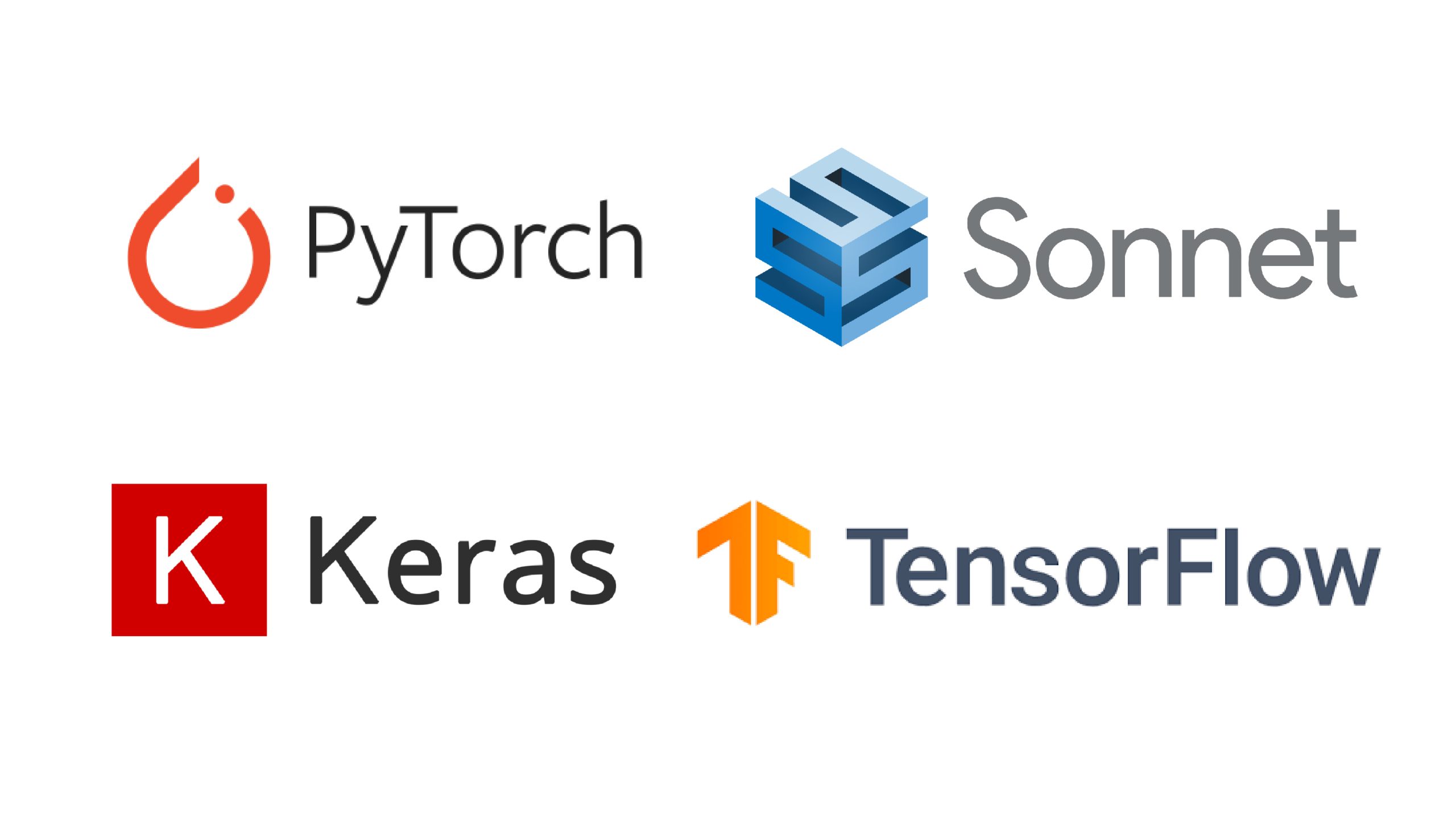
23. PyTorch
A Python-based scientific computing package targeting deep learning and tensor computations.
- Key Features: Offers dynamic computational graphs for flexibility in model building and debugging.
- Pros: Intuitive and flexible, great for research and prototyping.
- Cons: Less mature ecosystem compared to TensorFlow.
Click here to access this python library.
24. TensorFlow
A comprehensive, open-source platform for machine learning, developed by Google Brain Team.
- Key Features: Supports deep learning and machine learning models with robust scalability across devices.
- Pros: Widely adopted with extensive tools and community support.
- Cons: Steep learning curve for beginners.
Click here to access TensorFlow.
25. Keras
A high-level neural networks API, designed for human beings, not machines, running on top of TensorFlow.
- Key Features: Simplifies many complex tasks, making deep learning more accessible.
- Pros: User-friendly, modular, and extendable.
- Cons: May offer less control over intricate model aspects.
26. Sonnet
A TensorFlow-based neural network library developed by DeepMind.
- Key Features: Designed to create complex neural network architectures.
- Pros: Encourages modular and reusable components.
- Cons: TensorFlow-specific, less general-purpose.
Click here to access this python library.
Computer Vision
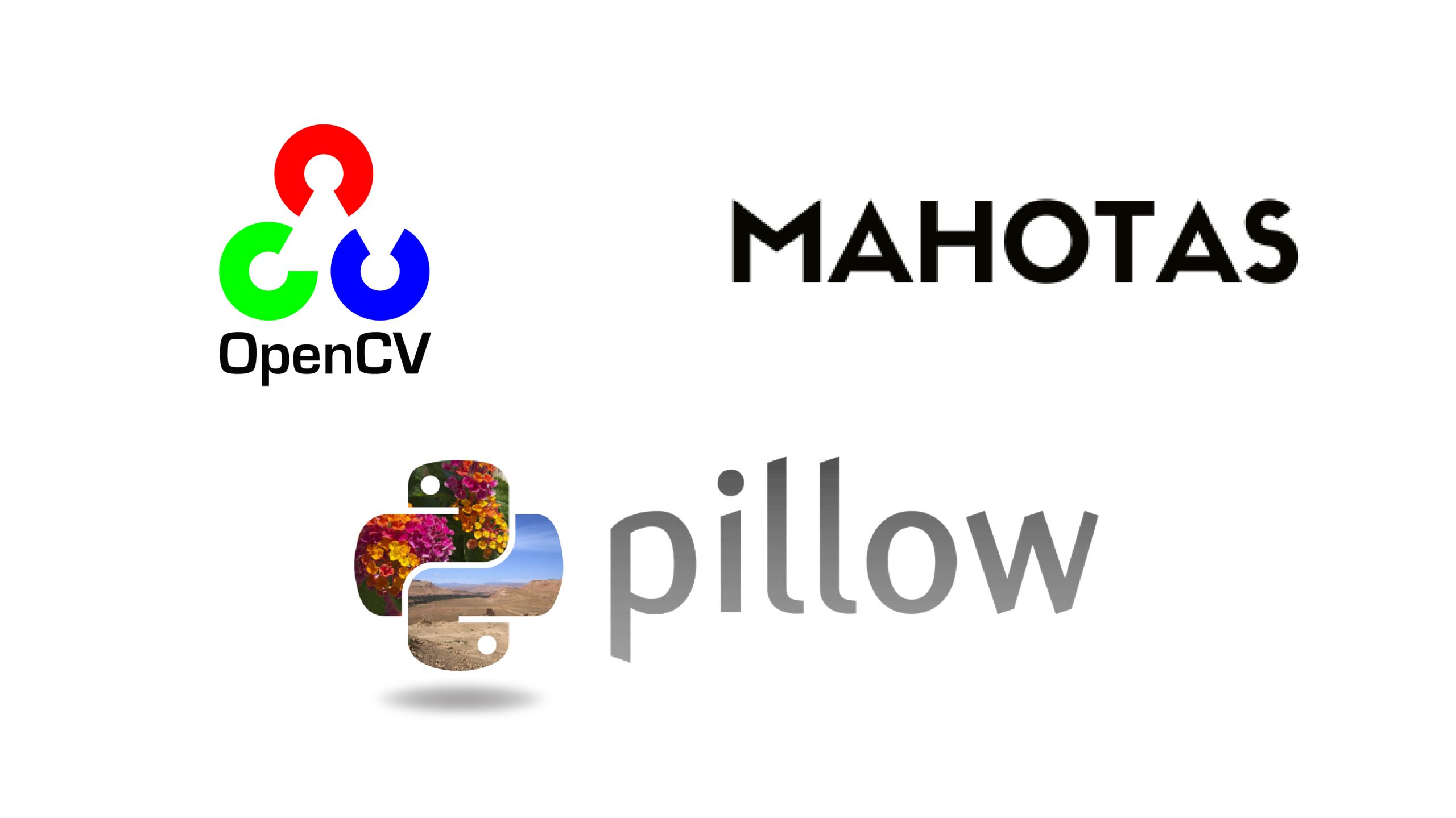
27. OpenCV
A library focused on real-time computer vision applications.
- Key Features: Provides over 2500 algorithms for face recognition, object detection, and more.
- Pros: Comprehensive and efficient for image and video analysis.
- Cons: Can be complex for beginners.
x/index.html” target=”_blank” rel=”noreferrer noopener nofollow”>Click here to access OpenCV.
28. Mahotas
A computer vision and image processing library for Python, with a focus on speed and ease of use.
- Key Features: Offers fast implementation of algorithms for image segmentation, feature extraction, etc.
- Pros: Fast and Pythonic.
- Cons: Less comprehensive than OpenCV.
29. Pillow
The Python Imaging Library adds image processing capabilities to your Python interpreter. It’s a friendly fork of the Python Imaging Library (PIL).
- Key Features: Supports a wide variety of image file formats and provides powerful image processing capabilities.
- Pros: Easy to learn & use and extensive file format support.
- Cons: More focused on basic image processing; less on advanced computer vision.
Natural Language Processing
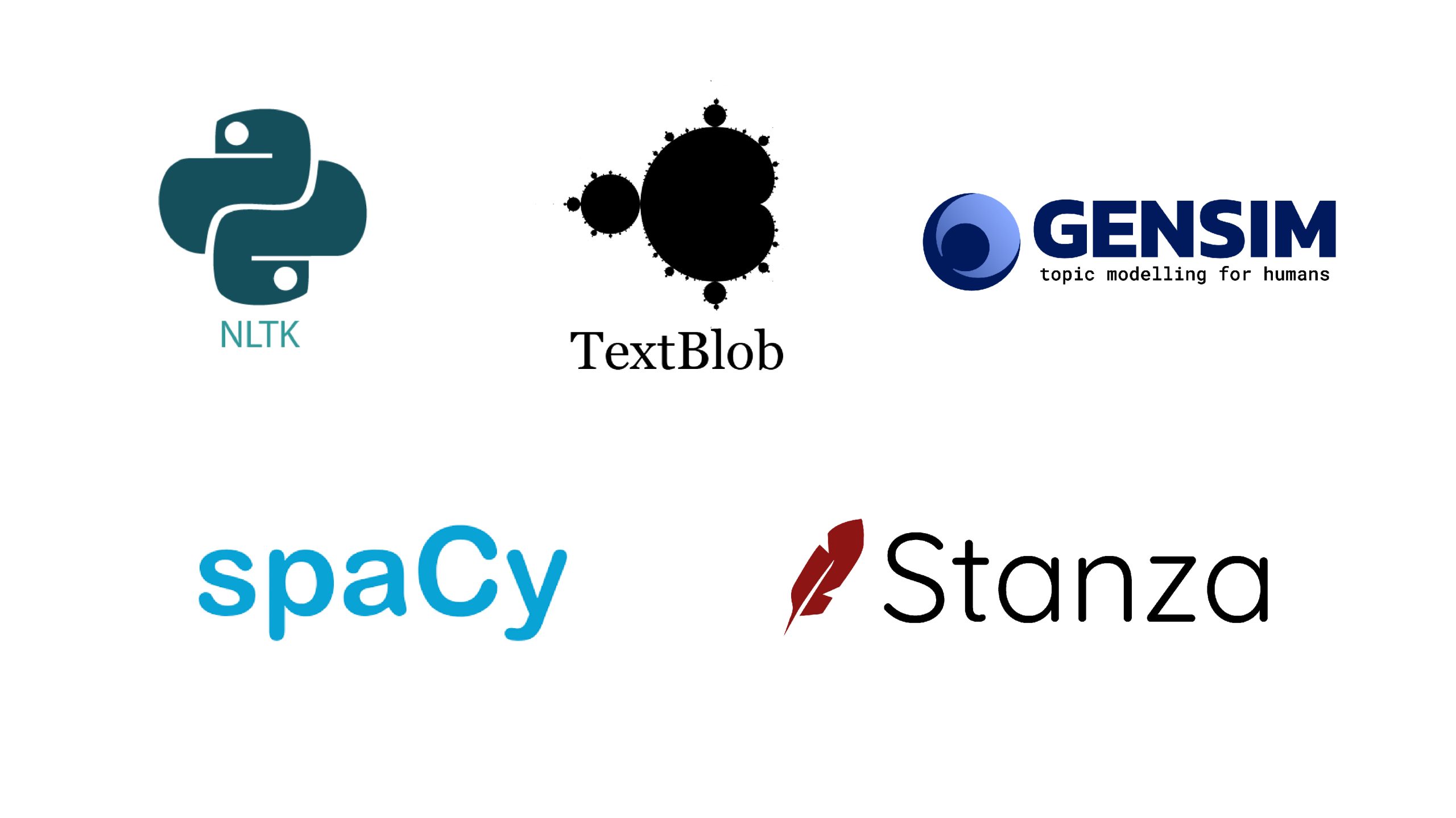
30. NLTK
A platform for building Python programs to work with human language data, offering easy access to over 50 corpora and lexical resources.
- Key Features: Includes libraries for classification, tokenization, stemming, tagging, parsing, and semantic reasoning.
- Pros: Comprehensive suite of libraries for NLP.
- Cons: Can be slow; more suitable for learning and prototyping.
Click here to access this python library.
31. Gensim
It specializes in unsupervised semantic modeling from plain text, using modern statistical machine learning.
- Key Features: Efficient implementations of topic modeling and document similarity analysis.
- Pros: Scalable, robust, and efficient for text analysis.
- Cons: Primarily focused on topic modeling and similar tasks.
32. Spacy
It Aimes at providing the best way to prepare text for deep learning, it’s industrial-strength and ready for production.
- Key Features: Includes pre-trained models for multiple languages, and supports tokenization, tagging, parsing, NER, etc.
- Pros: Fast and accurate syntactic analysis.
- Cons: Not as extensive in language support compared to some competitors.
33. Stanza
It was developed by Stanford University, it offers robust tools for natural language analysis.
- Key Features: Provides a suite of core NLP tools for linguistic analysis and annotation.
- Pros: Highly accurate and widely used in academia.
- Cons: Java-based, which might be a barrier for Python developers.
Click here to access this python library.
34. TextBlob
It simplifies text processing in Python, offering API access for common NLP tasks.
- Key Features: Easy to use for tasks like part-of-speech tagging, noun phrase extraction, sentiment analysis, etc.
- Pros: Simple and intuitive for quick NLP tasks.
- Cons: Not as powerful or flexible for complex NLP projects.
Click here to access TextBlob.
Data Visualization

35. Matplotlib
Matplotlib is the foundational library for 2D plots and graphs in Python, offers vast flexibility and control over elements.
- Key Features: Supports various plots and graphs, from histograms to scatter plots.
- Pros: Highly customizable and widely used.
- Cons: Can require extensive coding for complex plots.
Click here to access Matplotlib.
36. Seaborn
Seaborn is an advanced statistical data visualization library built on top of Matplotlib, simplifying beautiful plot creation.
- Key Features: Integrates closely with pandas data structures, offering high-level interfaces for drawing attractive statistical graphics.
- Pros: Makes beautiful plots with less code.
- Cons: Less flexibility for highly customized visuals compared to Matplotlib.
37. Plotly
A graphing library that makes interactive, publication-quality graphs online.
- Key Features: Supports a wide range of charts and plots, including 3D plots and WebGL acceleration.
- Pros: Interactive and web-friendly visualizations.
- Cons: Learning curve for customization and advanced features.
38. Bokeh
A library for creating interactive and visually appealing web plots from Python.
- Key Features: Allows to build complex statistical plots quickly and through simple commands.
- Pros: Produces interactive web-ready visuals & offers rich customization options for interactive plots.
- Cons: May be overkill for simple plotting tasks.
Click here to access this python library.
Web Development
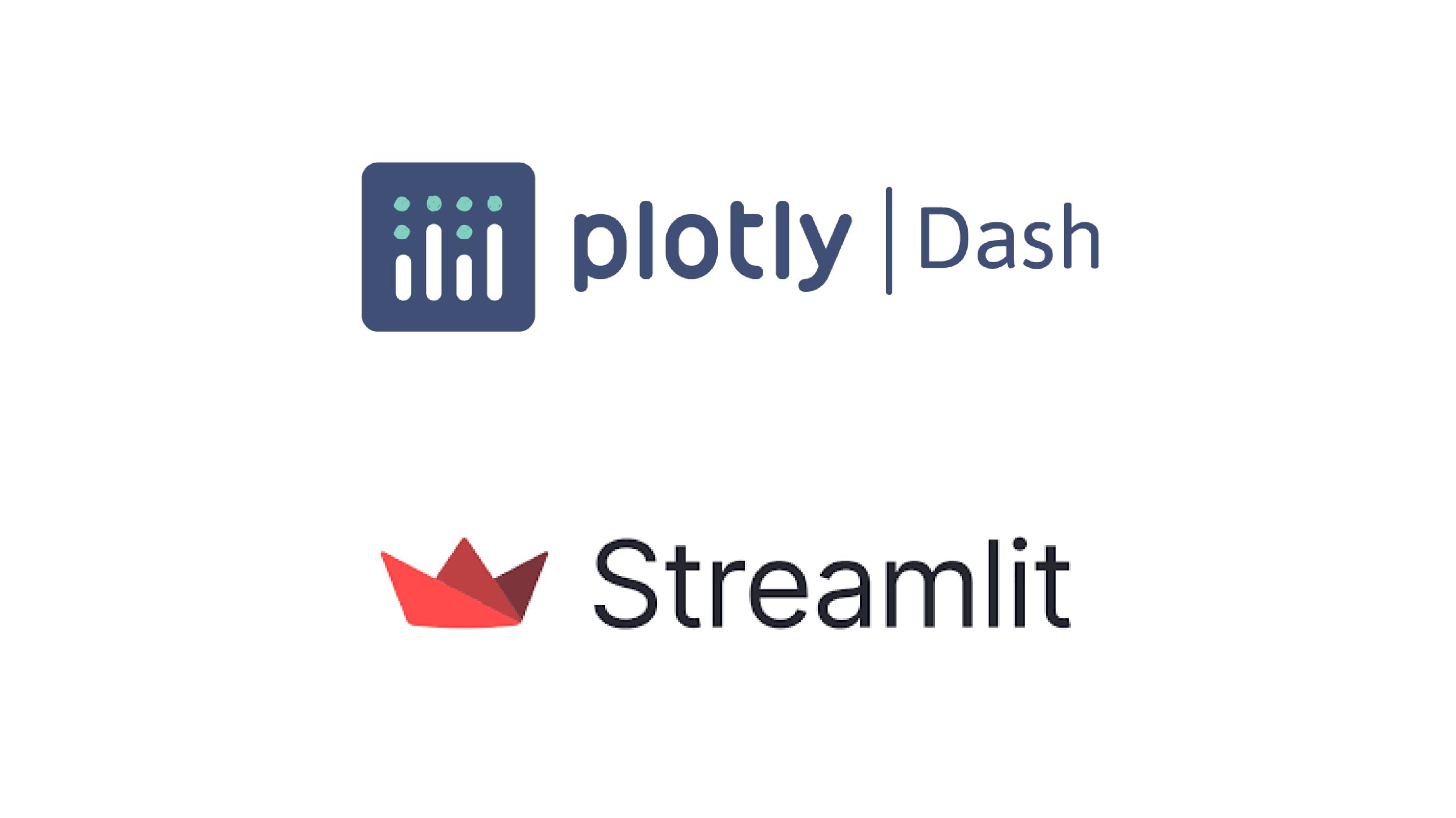
39. Dash
A Python framework for building analytical web applications without the need for JavaScript.
- Key Features: Combines Flask, React, and Plotly, under the hood to render interactive web applications.
- Pros: Easy to build complex web apps with Python alone.
- Cons: Primarily focused on data-heavy applications.
40. Streamlit
Streamlit lets you create apps for your machine-learning projects with minimal coding.
- Key Features: Streamlines the way you build data apps, turning data scripts into shareable web apps.
- Pros: Fast and simple way to build interactive apps.
- Cons: Limited control over app layout compared to traditional web frameworks.
Click here to access Streamlit.
Conclusion
Python is an exceptional language for delving into the exciting world of ai, machine learning, and data science. Its extensive collection of libraries provides a powerful toolkit for various tasks, from data processing and visualization to natural language processing and deep learning. By leveraging these libraries, you can streamline your workflow, reduce development time, and focus on innovation.
Key Takeaways
- From fundamental data manipulation with Pandas to complex NLP tasks with spaCy, Python offers a library for practically every phase of your ai/ML project.
- The ideal library depends on your specific needs. Explore the strengths of each library to find the best fit for your project.
- With a vast and active community, you’ll find ample documentation, tutorials, and forums to aid you in your Python-powered ai/ML endeavors.
- As the field of ai and data science evolves, so do these libraries. Stay updated with the latest advancements to stay ahead of the curve.
Frequently Asked Questions
A. While there’s no single “best” library, Scikit-learn is an excellent starting point due to its user-friendly interface and comprehensive documentation. It offers a strong foundation in machine learning algorithms.
A. Libraries like TensorFlow, PyTorch, and Keras empower you to design and train deep learning models for various applications, including image recognition and natural language processing.
A. Python offers a rich set of data visualization libraries like Matplotlib, Seaborn, and Plotly. These libraries enable you to create informative and visually appealing charts and graphs to effectively communicate your data insights.
A. Python proficiency is valuable for roles like machine learning engineer, data scientist, ai researcher, and natural language processing engineer.
A. Each library mentioned in this article has its official documentation with tutorials and examples. Additionally, online resources like courses, communities, and blogs provide valuable learning pathways for beginners and experienced developers alike.
 NEWSLETTER
NEWSLETTER





